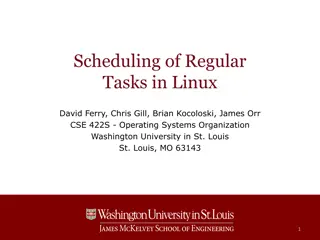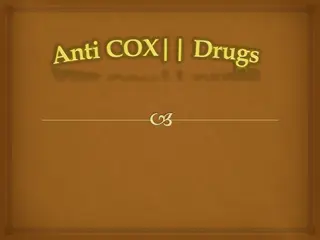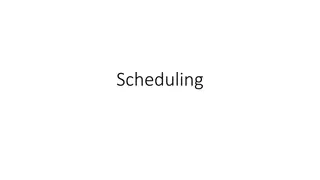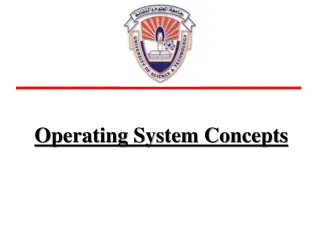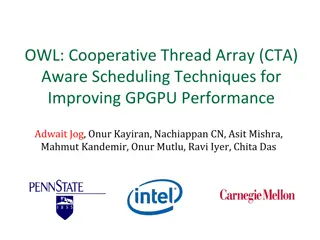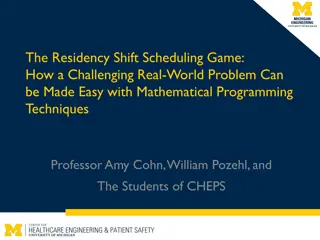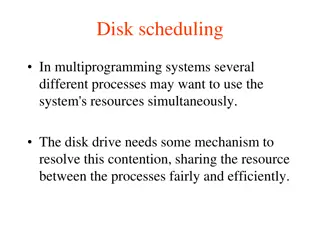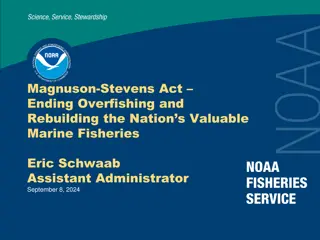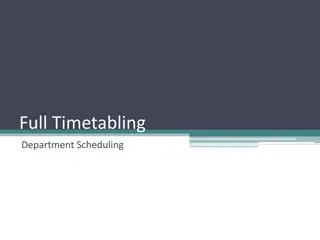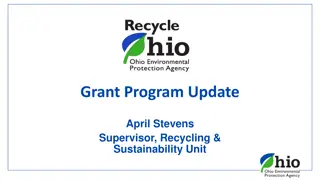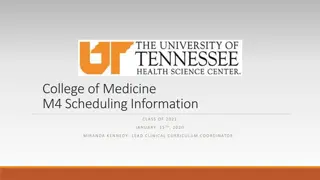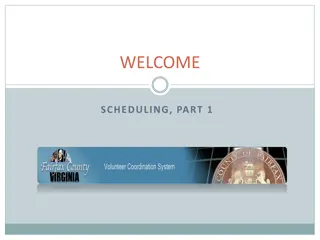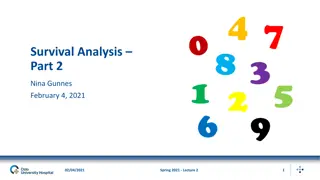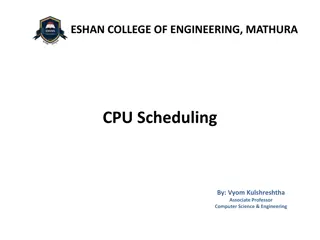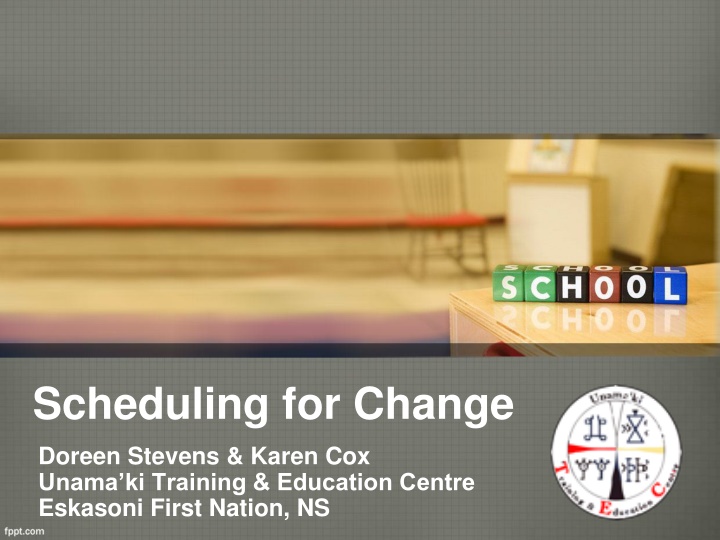
Innovative Course Scheduling for Student Success at Unama'ki Training & Education Centre
Explore the transformative changes implemented at Unama'ki Training & Education Centre in Eskasoni First Nation, NS, focusing on a condensed course scheduling model aimed at supporting struggling high school students. Discover the driving force behind this change and the positive impacts on student performance and engagement.
Download Presentation

Please find below an Image/Link to download the presentation.
The content on the website is provided AS IS for your information and personal use only. It may not be sold, licensed, or shared on other websites without obtaining consent from the author. If you encounter any issues during the download, it is possible that the publisher has removed the file from their server.
You are allowed to download the files provided on this website for personal or commercial use, subject to the condition that they are used lawfully. All files are the property of their respective owners.
The content on the website is provided AS IS for your information and personal use only. It may not be sold, licensed, or shared on other websites without obtaining consent from the author.
E N D
Presentation Transcript
Scheduling for Change Doreen Stevens & Karen Cox Unama ki Training & Education Centre Eskasoni First Nation, NS
School Demographics Unama ki Training & Education Center (or T.E.C. ) houses an alternative high school program for grades 9-12 The student population consists of students who have been struggling with success in a regular school system for various reasons
School Demographics Students are referred to TEC. Students typically come to us with: underdeveloped work ethics learning gaps chronic absenteeism weak social skills negative school experiences undervalued view of education TEC is the community resource for those students who have fallen through the cracks.
Why Change? CYCLE OF SCHOOL FAILURE Chronic Absenteeism High Drop-out Rate Excessive Failures Learning Gaps Underdeveloped Work Ethic
Driving Force for Change Students seem to be motivated to return to school in September & October We wanted to build on this type of early term motivation The result was a drastic change to course scheduling to condense courses into a shorter time periods
Comparing Schedules Sept. 2012 Course Schedule Sept. 2013 Course Schedule
Pros (Student Perspective) Students concentrate on course content for only two courses rather than four Easier for students who struggle Topics are introduced and reinforced daily Homework time can be scheduled in class
Pros (Student Perspective) More courses are available to be taught over the year If a student drops out, only two credits are lost Readmission time is only about 2 months Enhanced student interest
Cons (Student Perspective) Non-instruction days are the equivalent to two days missed last year Lunch time is shortened for activities Some students have the same teacher/same classroom all day
Pros (Teacher Perspective) Only have to prepare for two courses Material can be presented & reinforced in the same day More time available for project-based learning Course schedule is well-suited for student assessment
Cons (Teacher Perspective) Lack of preparation time during the day Each course requires 135 minutes a day of material Hard to change student behaviour More of a challenge in supporting high needs students Some curriculum is difficult to cover at the accelerated pace
Is it Working? Too short of a time period to prepare a quantitative measurement We must rely on qualitative observations from teachers and students
Problems We Still Face Attendance Inclement weather The bus does not travel on the side roads, so many students choose not to ride the bus.
Considerations Success doesn t happen overnight One step is trying to make a change Takes time to change chronic behaviours that impede learning Our unique Pre-10 Program is a start
Future Goals Student Life: Increased sports opportunities School activities Personal Development: CLM skills (life and resume skills) Building independence Mi kmaw Citizenship Certificate
Future Goals Curriculum Development: Aboriginal Fine Arts course Aboriginal Phys. Ed. Course Skilled Trades 10
Future Goals Visual Arts 10 (Mi kmaq Visual & Applied Arts) Objective is to transfer and sustain cultural knowledge of Mi kmaq arts from community elders to students. Partners
Questions? Unama ki Training & Education Centre www.unamakitec.ca

